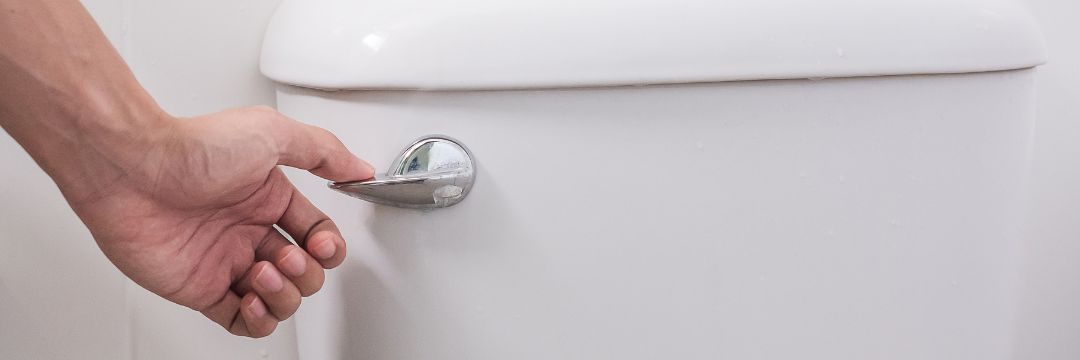
Charlotte and North Carolina more generally have the decidedly less-than-ideal distinction of being in the stone belt, an area of the United States spanning from the mid-Atlantic states to the southeast, where kidney stones are most common. Why is this? Well, it’s primarily due to the exceptional heat we experience throughout the summer and the dehydration accompanying it. This summer heat increases the chances of developing symptomatic kidney stones, which, if you haven’t already heard, have been likened to childbirth as one of the most significantly painful events in a person’s life.
While some kidney stones, especially those under 4 mm, can be watched and often pass in the urine naturally, many of us develop significantly larger kidney stones that cannot fit through the ureter – the connecting tube between the kidneys and the bladder. There are a couple of reasons why kidney stones may become symptomatic.
- They are passed out of the kidney but become lodged in the ureter. Obstruction of the ureter increases the backward pressure on the kidney, causing inflammation and potentially infection. Regardless of the cause, this inflammation and distention is the reason for the exceptional pain that kidney stone patients will experience. Kidney stones in the ureter can be as small as 5 mm and cause significant discomfort.
- Kidney stones within the kidney itself can grow very large before being symptomatic. I routinely see kidneys that are more stone than tissue. Here again, these stones disrupt kidney function and create severe symptoms.
So, to learn more about treatment, let’s discuss the three main kidney stone procedures we use today:
ESWL or Extracorporeal Shockwave Lithotripsy
ESWL is one of the newer and more exciting procedures we offer. ESWL is unique because it does not require any access within the body, and it is not even minimally invasive or endoscopic. Instead, a specialized machine fires targeted shockwaves directly at the kidney stone, breaking it up so it can be flushed out of the body through the urine. While we often treat stones within the kidney using this procedure, ureteral rocks can also be treated in some instances.
ESWL is a patient favorite because it is not invasive at all. However, the patient must understand that ESWL is less effective and can leave some stone fragments behind, which, in time, will likely build into new symptomatic stones.
Ureteroscopy With Laser Lithotripsy
For somewhat more complex or challenging kidney stones, a procedure known as ureteroscopy with laser lithotripsy is a star. First, a scope is passed through the urethra, through the bladder, and up into the ureter. It is ureteral stones that laser lithotripsy is best suited for. Stones within the kidney are typically not treated with laser. Once visualized, the laser is lined up and deployed, hitting the stone with enough energy to break it apart. Because we can visualize the kidney stone during laser lithotripsy, we can typically get most fragments out and leave the patient stone-free or pretty close, thus reducing the likelihood of a kidney stone in the future.
PCNL or Percutaneous Nephrolithotomy
For the most complex and large kidney stones, PCNL comes to the rescue. PCNL involves a radiologist’s insertion of a tube, known as an access, into the kidney before the procedure. This access allows us to enter the kidney directly through the skin and target the kidney stone with mechanical or laser therapy to break it up. Once visualized, the stone is broken up and allowed to pass. In some cases, stone material can be recovered from the body, and most patients leave their PCNL stone-free.
Bottom Line
As you can see, there are myriad options for treating kidney stones. Some, like ESWL, may not be suited to harder stones. Others, like PCNL, are reserved for complex or very large kidney stones and would not be suitable for the typical stone within the ureter. With that said, we have never had more or better options for treating kidney stones, and such patients are in good hands with Dr. Natale and Carolina Urology Partners.





